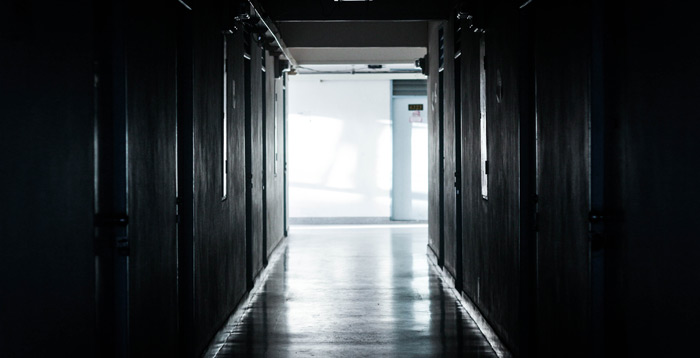Wait – What is Zone Pressurisation?
Zone pressurisation is simple in principle, and complex in execution. It relies on the fundamental properties of nature to help keep people safe from smoke inhalation in the event of a fire, by creating areas of high and/or low pressure within a building.
Nature always seeks to balance to zero, either by slow decay or by rapid equalisation, and air pressure is one of the most familiar cases. Within any closed system that works with pressurised air – like a balloon for example – air always wants to move from an area of higher pressure into an area of lower pressure. That’s why air rushes out of a balloon when you don’t pinch it shut while inflating, and why you hear a bang when it pops. Pressure is rapidly equalised when a balloon pops, and slowly equalised when you release it during inflation.
This is true of any and all closed gas systems – even the atmospheres of planets, where differences in pressure give Earth day to day weather, and they give Jupiter storms that rage for hundreds of years. Nature just wants everything to be in the same energy state, even if getting it there is violent.
Let’s bring things back down to Earth for a second; if you’ve ever lived in a draughty old house, you’ll have felt the effects of some unintentional zone pressurisation – where persistent higher pressure from one room keeps flowing into another where the pressure is lower.
Doing this on purpose takes quite a lot of planning; frustrating when it seems to happen by itself so often.
When the air in a building moves, it takes whatever’s suspended in it along for the ride – including smoke. By formulating a path for air to flow through, using fans, vents, fire doors, corridors and stairwells, smoke can be directed away from key escape routes and people.
How Fire Curtains Fit into Zone Pressurisation
Fire and smoke curtains can be used to great effect, isolating key areas from flame and smoke – allowing people to escape safely and quickly.
When smoke and fire curtains are introduced, there’s the difference in pressure could act like a strong wind on them, blowing through the curtains and rendering them ineffective. There’s also the change in airflow caused when curtains are introduced to a pressurised area. These are important aspects to consider when developing a fire safety strategy in a building.
In a properly managed and well-designed zone pressurisation system, the pressure will be adjustable and limited to as near to the minimum as safely possible. Additional supports or steel guide rails are built into fire and smoke curtains used in pressure zones, to keep them rigid.
By ensuring that fire and smoke curtains are fully deployed prior to pressurisation, airflow is optimised while maintaining fire and smoke protection.
Keeping Fire Under Pressure
Coopers Fire works tirelessly to keep pressure on the development of fire safety standards.
To find out more about our products and services, or to enrol in one of our educational training courses, call us on 02392 454 405 or email info@coopersfire.com.


